Team Performance Systems: Building High-Performing Teams That Deliver Results
Unlock Your Team's Full Potential Through Proven Performance Systems
Nature perfected performance systems billions of years before humans discovered them. A coral reef thrives through sophisticated collaboration—thousands of species forming dependencies that create resilience no single organism could achieve alone. The coral provides shelter, algae produces food, fish cycle nutrients, and together they build structures visible from space. Your team operates on the same principle. When communication flows naturally, when roles interconnect symbiotically, and when collective intelligence emerges from individual expertise, you're creating an ecosystem where extraordinary performance becomes the natural state.
Introduction
Team performance isn't about working harder—it's about working smarter together. Research shows that teams with effective performance systems are 25% more productive and deliver 2.7X more value than those without structured approaches. Yet most organizations struggle to move beyond surface-level team building to create lasting performance improvements.
The difference between average teams and exceptional ones lies in the systems they use to communicate, collaborate, and continuously improve. From Silicon Valley startups to Fortune 500 companies, the most successful organizations have discovered that team performance is a science that can be measured, optimized, and scaled.
This guide brings together insights from behavioral science, organizational psychology, and real-world experience to help you build the performance systems your team needs to thrive in today's complex business environment.
Table of Contents
- Creating Your Team's Performance Identity
- Communication Architecture - Building Systems That Connect
- Productivity Frameworks - Optimizing How Teams Work Together
- Culture as a Performance Multiplier
- Assessment and Analytics - Measuring What Matters
- Dynamic Team Structures - Adapting to Complexity
- FAQ
When Henry Ford introduced the moving assembly line in 1913, he didn't just build cars faster—he created the world's first scalable productivity system. That innovation reduced Model T production time from 12.5 hours to just 93 minutes, revolutionizing how humans work together. Today's team performance systems are exponentially more complex, navigating knowledge work, creative problem-solving, and global collaboration rather than repetitive tasks. Yet the principle remains: when you design the right system for how people work together, extraordinary productivity emerges. The difference is that modern teams don't just multiply output—they unlock innovation, adaptability, and collective intelligence that no assembly line could ever produce. Where Ford's system turned individuals into efficient cogs, today's performance systems transform groups into dynamic organisms capable of solving problems that haven't even been identified yet.
Creating Your Team's Performance Identity
Before optimizing performance, teams need to understand who they are and how they work best together. Revealing your team's identity is the first step to elevating team performance—it's about discovering the unique combination of strengths, working styles, and dynamics that define your group.
High-performing teams share common characteristics: they understand each member's contributions, leverage diverse perspectives, and have clear agreements about how they operate. This foundation creates the psychological safety necessary for innovation and risk-taking.
Building this identity requires more than personality assessments or trust falls. It demands structured exploration of how your team thinks, communicates, and solves problems together. When teams develop this deep self-awareness, they can design performance systems that amplify their natural strengths rather than fighting against them.
Communication Architecture - Building Systems That Connect
Communication failures cost organizations $1.2 trillion annually, yet most teams rely on ad-hoc communication rather than structured systems. The human communication system in teams operates like a complex network where messages must navigate personalities, hierarchies, and competing priorities.
Effective communication systems don't just transfer information—they create shared understanding. This means establishing clear channels for different types of communication, creating protocols for critical conversations, and ensuring every voice can contribute regardless of personality type or position.
The best communication systems account for human psychology. They recognize that introverts and extroverts process information differently, that hierarchy can silence valuable perspectives, and that psychological safety determines whether people share their best ideas or keep them hidden.
Productivity Frameworks - Optimizing How Teams Work Together
Team productivity isn't just individual productivity multiplied—it's about creating synergies that make the collective output greater than the sum of its parts. Using expansion and contraction for productivity in teams reveals how alternating between divergent thinking and convergent execution creates sustainable high performance.
The most productive teams understand that different types of work require different collaboration styles. Sometimes you need the energy of real-time collaboration; other times, deep individual work produces better results. The key is knowing when to come together and when to work apart.
Modern productivity systems must also account for hybrid work realities. This means creating frameworks that work regardless of location, establishing clear accountability without micromanagement, and maintaining team cohesion across physical and digital spaces.
Culture as a Performance Multiplier
Culture isn't just about perks or values posted on walls—it's the operating system that determines how work actually gets done. Building connection is the secret sauce in how to improve team performance, creating the trust and psychological safety that enable teams to take risks, innovate, and support each other through challenges.
High-performance cultures share specific characteristics: they celebrate both individual achievements and team successes, they treat failures as learning opportunities, and they maintain high standards while supporting personal growth. These cultures don't happen by accident—they're deliberately designed and continuously reinforced.
The challenge is that culture can't be mandated from above. It emerges from daily interactions, shared experiences, and consistent behaviors. This is why systematic approaches to culture building, including regular team rituals, structured feedback processes, and intentional connection points, prove more effective than one-time initiatives.
Assessment and Analytics - Measuring What Matters
You can't improve what you don't measure, yet most teams lack clear metrics for their collective performance. The team assessment that speaks human transforms personality data into actionable team insights, revealing how individual working styles combine to create collective dynamics.
Effective team assessment goes beyond traditional performance reviews or project metrics. It examines the invisible forces that determine team success: how diverse thinking styles complement or clash, where communication naturally flows or gets blocked, and which combinations of personalities create innovation versus friction. These assessments reveal why some teams effortlessly collaborate while others struggle despite having talented individuals.
The key is choosing metrics that drive the right behaviors. Measuring only outcomes can create dysfunction, while measuring only activity can reward busyness over results. The best assessment systems balance quantitative metrics with qualitative insights, creating a complete picture of team health and performance. When teams understand their collective personality profile—not just individual traits—they can design workflows, communication patterns, and collaboration structures that amplify strengths while mitigating natural friction points.
Dynamic Team Structures - Adapting to Complexity
Traditional hierarchies often fail in today's complex business environment. Three types of team workstyles: baseball, football, and basketball illustrates how different challenges require different team structures and collaboration patterns.
Dynamic teams can shift between structures based on the work at hand. Sometimes you need the specialized expertise of a baseball-style team where each person owns their domain. Other times, you need the coordinated execution of football, where everyone moves together toward a specific play. And increasingly, teams need basketball's fluid, improvisational style where roles blur and players adapt in real-time.
Understanding these patterns helps teams avoid the friction that comes from mismatched structures and expectations. It also enables organizations to build more adaptive teams that can tackle diverse challenges without constant reorganization.
FAQ
What's the difference between team building and team performance systems?
Team building focuses on relationships and trust, which are important foundations. Team performance systems go deeper, creating structured approaches to communication, decision-making, productivity, and continuous improvement. While team building might involve a workshop or retreat, performance systems are ongoing frameworks that guide daily operations.
How long does it take to implement effective team performance systems?
Initial implementation typically takes 3-6 months, with basic systems operational within 30 days. However, team performance is an ongoing journey. The most successful teams treat performance optimization as a continuous process, regularly reviewing and refining their systems based on results and changing needs.
Can performance systems work for remote or hybrid teams?
Absolutely. In fact, remote and hybrid teams often benefit more from structured performance systems because they can't rely on informal, in-person communication. The key is adapting systems to account for different time zones, communication preferences, and the challenges of building connection across distances.
How do you measure team performance versus individual performance?
Effective measurement combines both. Individual metrics might include skill development, task completion, and contribution quality. Team metrics focus on collective outcomes, collaboration effectiveness, decision speed, and innovation rates. The best systems show how individual contributions connect to team success.
What's the biggest mistake teams make when trying to improve performance?
Focusing solely on tools and processes while ignoring human dynamics. Performance systems must account for personality differences, communication styles, and psychological safety. Another common mistake is implementing too many changes at once instead of building systematically over time.
How do you maintain performance improvements over time?
Sustainability comes from embedding systems into daily operations rather than treating them as special initiatives. This means regular check-ins, continuous measurement, celebrating adherence to systems (not just outcomes), and evolving systems based on team feedback and changing needs.
What role does leadership play in team performance systems?
Leaders set the tone but shouldn't be the sole drivers. The most effective performance systems are co-created with teams, ensuring buy-in and practical relevance. Leaders should model desired behaviors, remove barriers to system adoption, and create accountability without micromanaging.
How do you handle resistance to new performance systems?
Resistance often stems from past negative experiences or fear of change. Address this by involving skeptics in system design, starting with small pilots that demonstrate value, and showing how systems make work easier, not harder. Transparency about goals and metrics also reduces resistance.
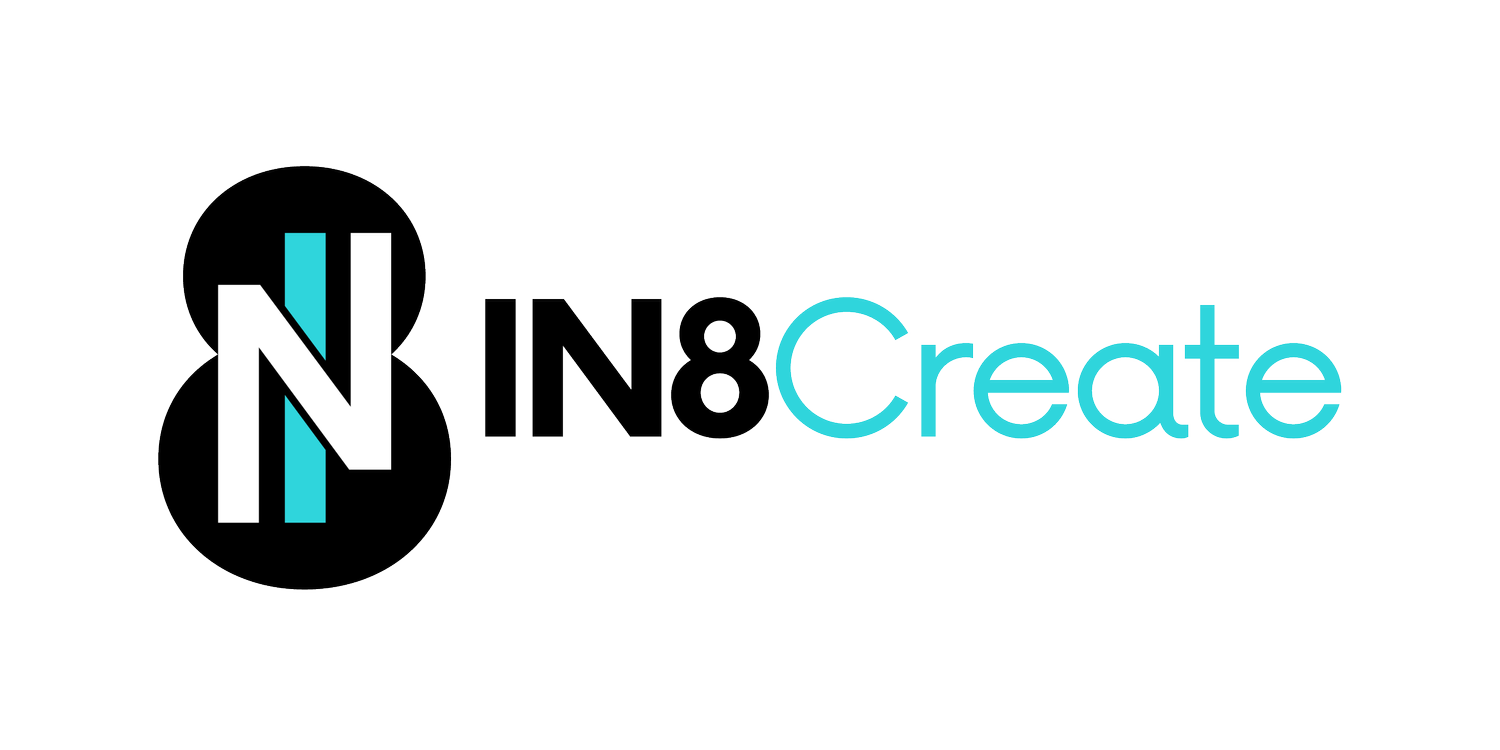
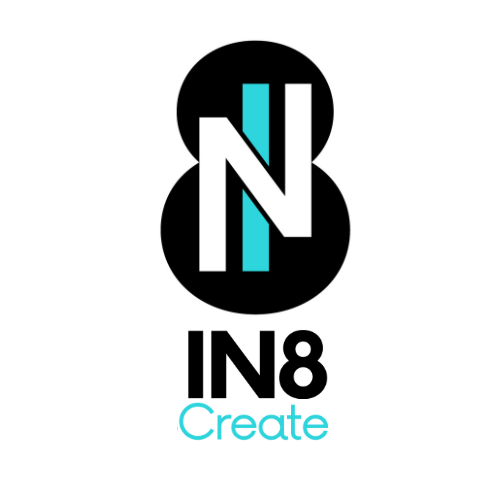











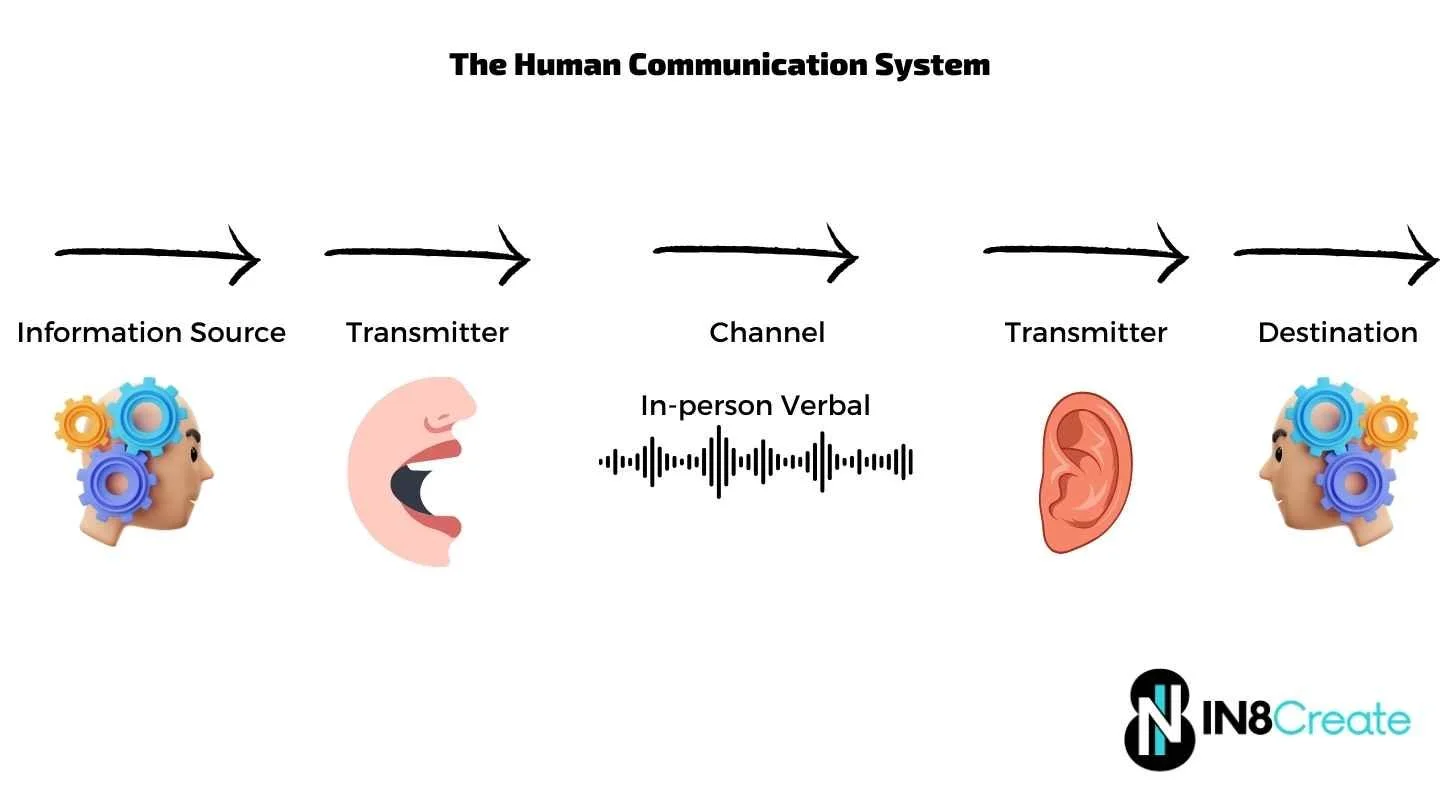





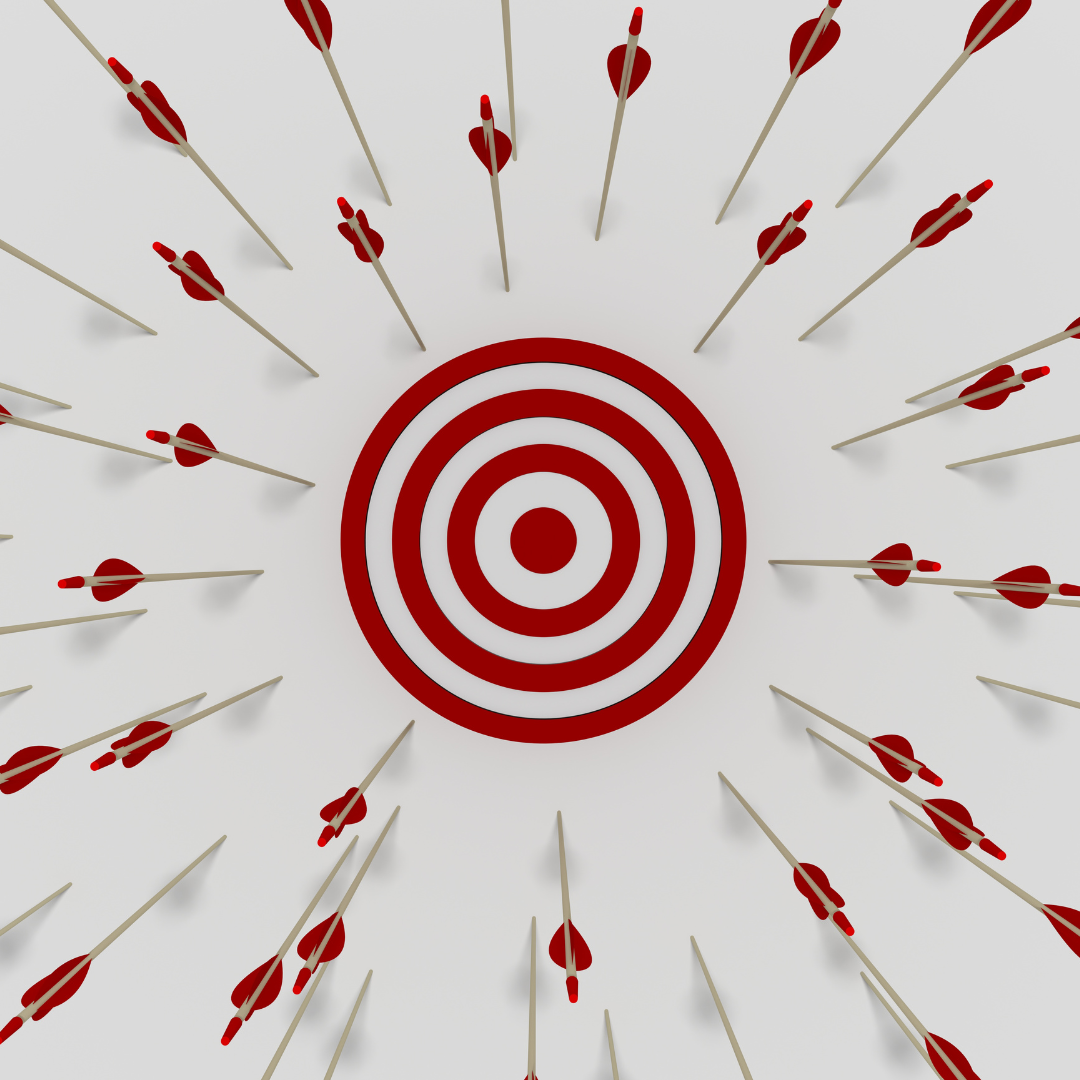


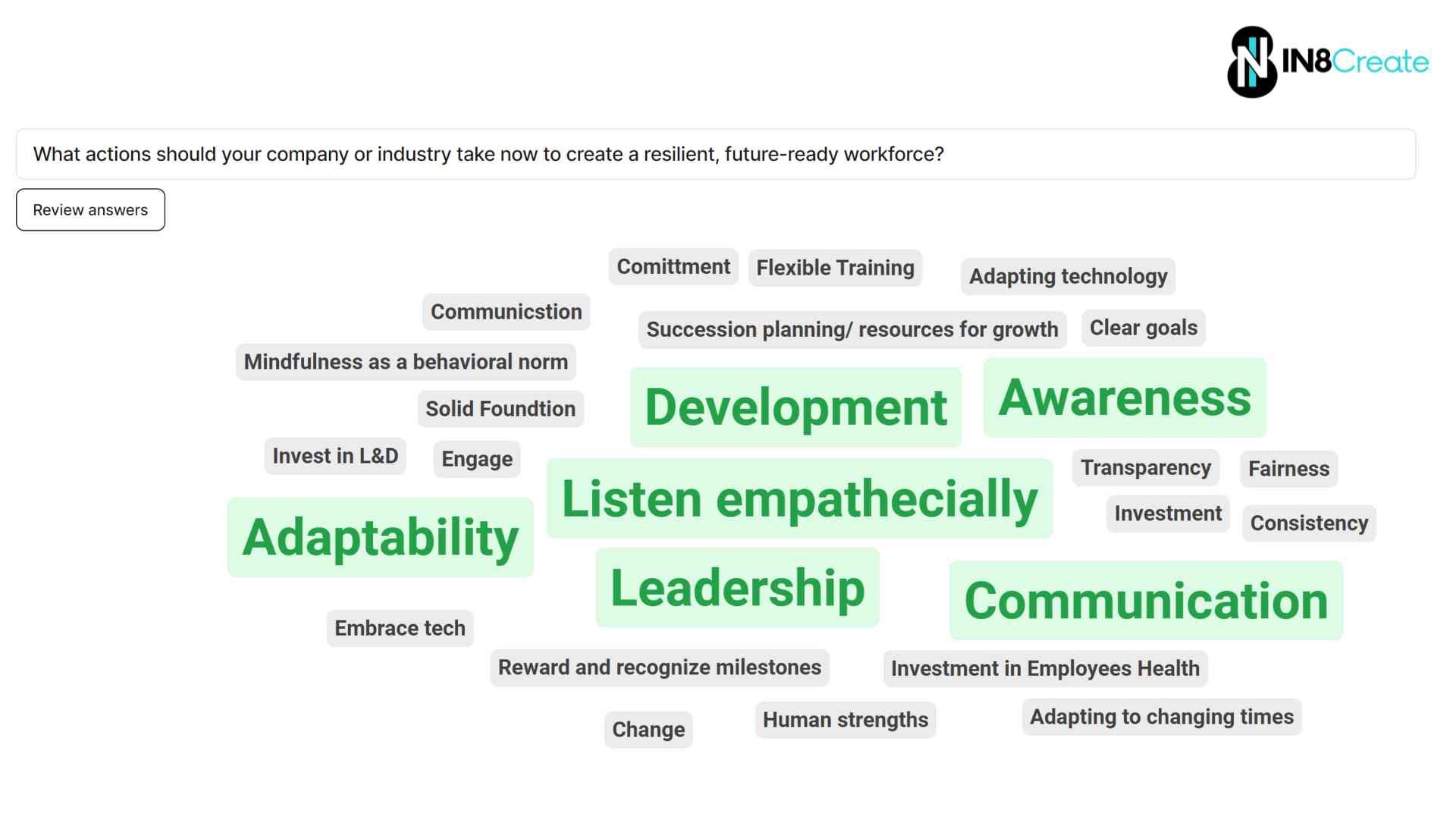
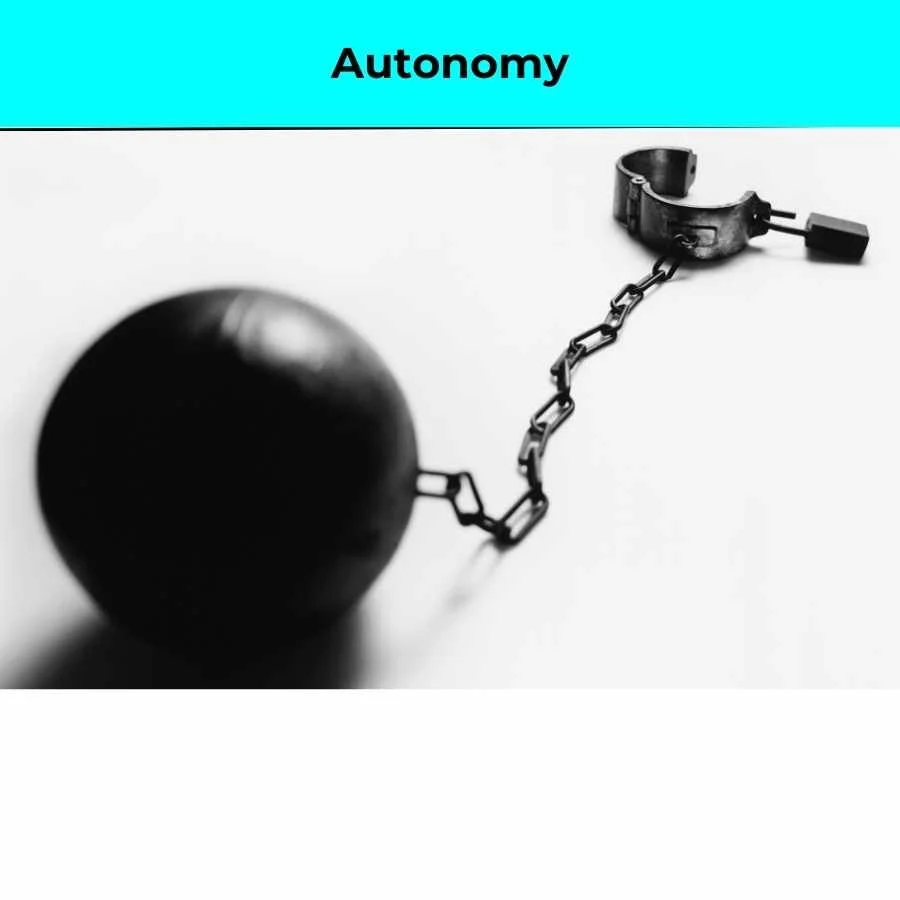
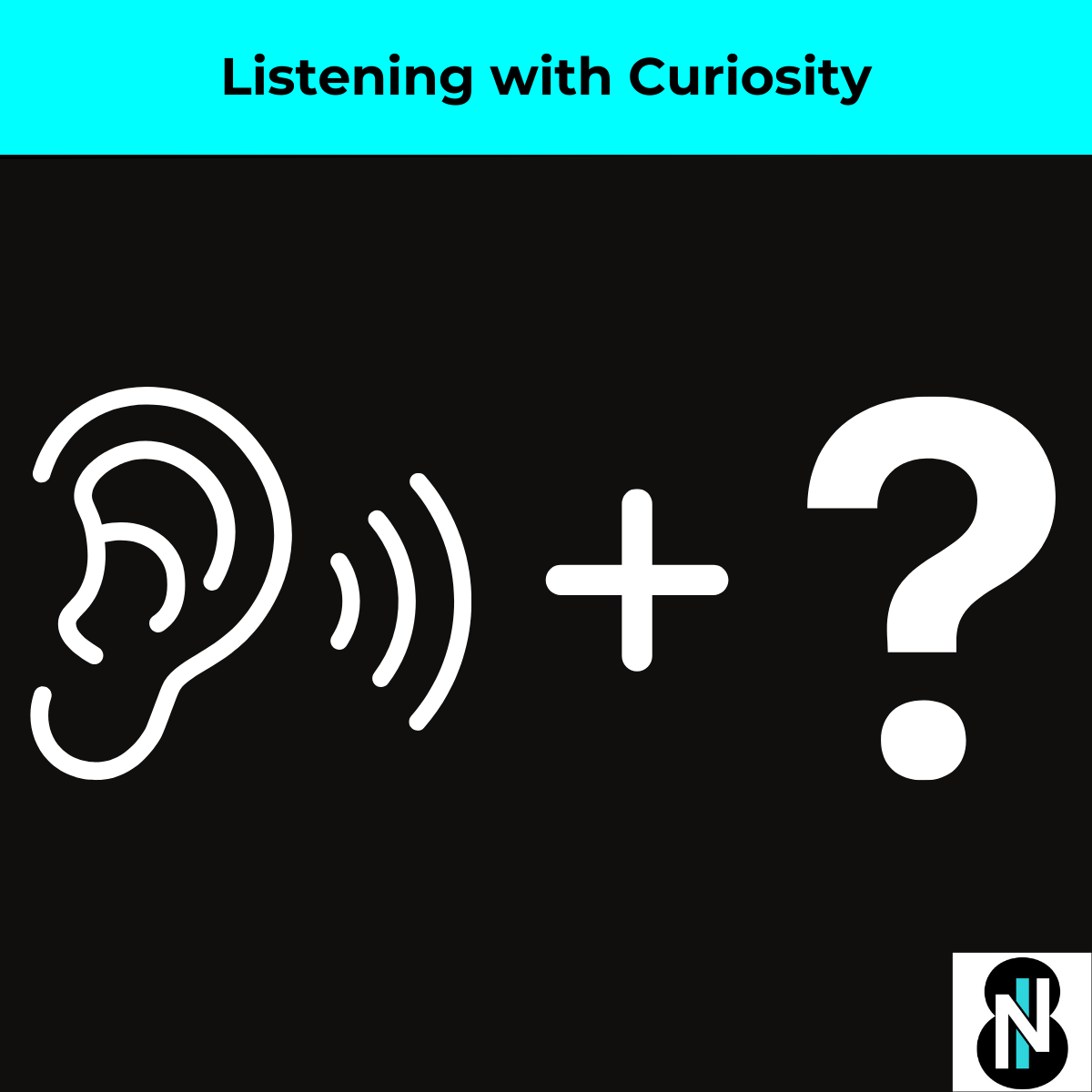

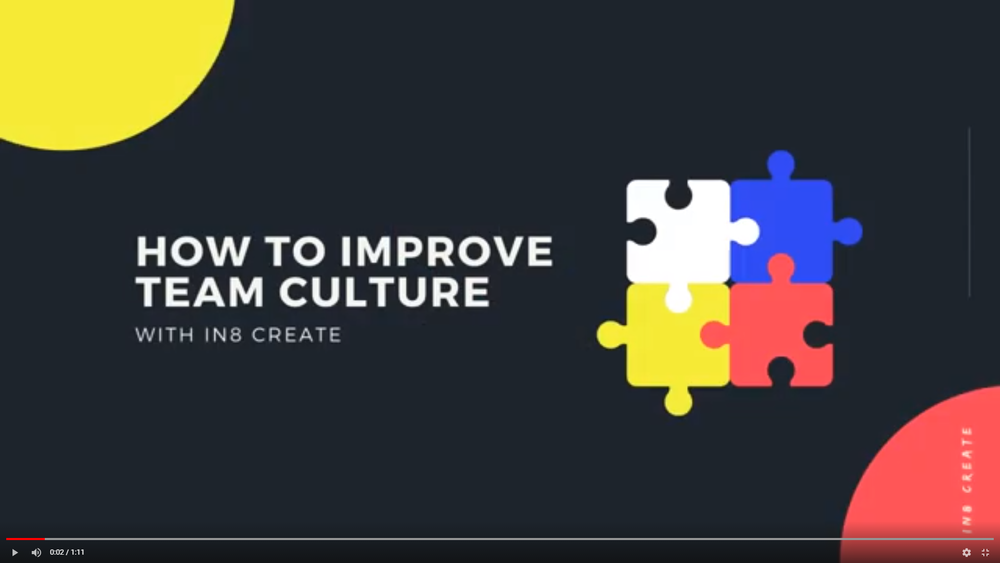










Is your team ready for change? Look for these signs:
Trust that runs deep enough for people to be vulnerable about their struggles
Communication that flows freely without political filtering or fear
Shared commitment that burns bright enough to sustain effort through difficulty
Without these foundational elements, your change efforts will feel like hammering cold steel—lots of noise, little progress, and potential damage.